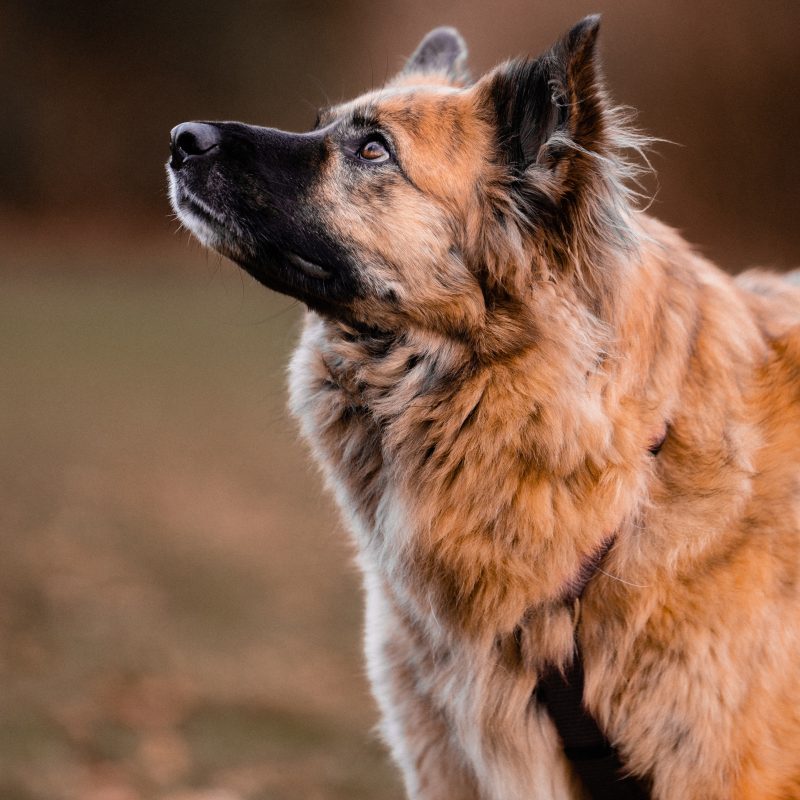It’s no secret that our pets love food. Whether they are entirely food-obsessed or just really enjoy their meals, it’s a common pain point for well-intentioned parents that are looking for ways to help their pets have proper portioning. Keeping your pet’s diet healthy and properly portioned is an important part of their overall quality of life. If you’re looking for help on that part, in particular, read on!
Feeding is different from one pet to the next
Some pets can be free feeders, and some can’t. Whichever you have in your household, keeping an eye on how much they’re eating and the quality of the food itself will make a huge difference in understanding just how your pet’s overall nutritional profile is coming together.
Traditional feeding practices
Here are some of the most basic guidelines that you can use to help steer your pet to the best relationship with food that they can have.
Meals twice a day: Many people will try to feed their pet three times a day so that their mealtimes line up with our mealtimes. If you adjust their portion sizes, you can definitely do this. However, you don’t necessarily have to do that. Most pets will thrive on two meals daily, one in the morning and one at night.
- Focus on quality-made, natural food: The next point is ensuring that your pet is eating high-quality food. There are many types of pet food out there that are the equivalent of fast food for your pet, and they won’t offer your pet the proper nutrition that they need and deserve for their overall quality of life.
- Feed based on size and energy output: One more main traditional feeding practice is to rely on feeding based on your pet’s size and energy output. Some pets are more energetic than others, and you’ll need to factor in those energy needs when planning portions and timings for feedings.
What does “good” food look like for your pet?
We talked about the quality of food above, but we didn’t really talk about what that’s actually going to look like. There are a few focus points to help you put together the right nutritional profile for your pet.
The first one is protein. Pets need a properly portioned amount of protein, and it should be high-quality lean protein. Pets often receive low-quality and fatty protein that doesn’t deliver the same overall nutritional benefit.
Whatever fat your pet does eat should be in foods in fatty acids (such as from fish). This will give them healthy fats and lots of omega-3s that can help keep their joints healthy and happy. Pets tend to really enjoy fish-based foods, too, so this can help make it easier to encourage them to eat healthier foods.
One more thing to think about is that your pet’s age will determine what they need more of to eat. Senior pets, for example, require less protein and more fatty acids. Pet babies need a lot of protein and fatty acids with a healthy dose of regular fat, too.
How does size impact feeding?
The size of your pet definitely impacts how much they should be eating and when they should be eating it. Smaller pets should be eating smaller and more frequent meals. Larger dogs can get away with larger portions twice a day.
Confused since we mentioned that pets should have two meals a day? It’s okay; the feeding schedule itself is confusing. Babies and toy-sized pets have a faster metabolism, so feeding them smaller, frequent portions help keep them in proper health. Pets that are larger are fine to go on a twice daily mealtime diet.
Top tricks for food portioning
If you’re still feeling confused about knowing how much food to give your pet, we don’t blame you. The bottom line here is that there is no such thing as “one size fits all” when it comes to feeding portions and timings. Here is some advice to help you out with those:
- Get to know your pet’s breed requirements: Different types of pets have different needs, for sure. If you have your pet’s breed information, read up on them and understand what’s typical for their breed. While it might not be accurate 100% of the time for your pet, it can really help you get a feel for portions and sizes.
- Ask your vet for recommendations on portioning: Your vet is one of the best resources for determining portion sizes. They’ll know your pet personally, so they can make personalized recommendations that internet searches just can’t. We strongly recommend that you follow their advice.
- Read the back of the food that you buy: Simple but effective. When you choose your high-quality food, read the label and use the weight and size guide to help you figure out just what and how much you should be feeding your pet as they age. Their needs will, of course, change as they move from one weight section to the next. Read the label each time you buy new food, especially if you change brands!
- Keep track of your dog’s habits and energy output: Another invaluable resource is watching your pet. Do they seem like they have enough energy? Are they acting normal? Do they actually like the food? All of these things are going to help you get your food choice right.
Portioning your pet’s food can seem like an uphill battle with so many details to consider. But there’s no reason that you have to necessarily make it complicated. Arm yourself with knowledge, and focus on finding the right kind of high-quality good for your pet to feel like their best self, from the food, portioning, and overall energy output throughout the day. That’s what this is all about, after all, so focus on how you can help your pet stay healthy and happy!
SOURCES
